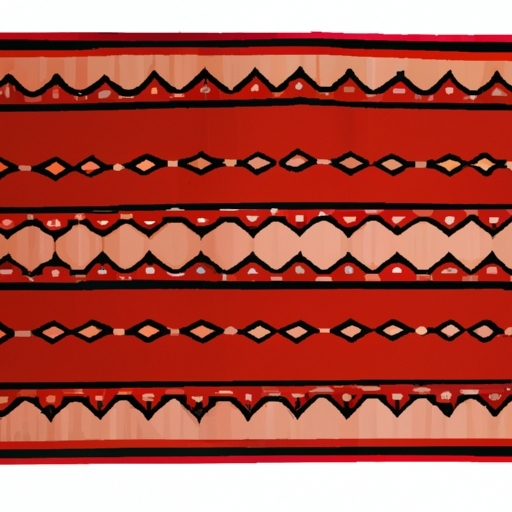
woven southwestern area rugs
Explanation of the popularity and demand for red-colored southwestern wool rugs
When it comes to woven southwestern area rugs, the materials used in their production play a vital role in the overall quality and appeal of these exquisite pieces. Each rug is carefully crafted using a combination of various fibers and dyes, resulting in stunning designs that capture the essence of the Southwest.
One of the primary materials employed in these rugs is wool. This natural fiber is known for its durability and softness, making it an ideal choice for creating rugs that can withstand heavy foot traffic while providing a comfortable feel underfoot. Wool also has excellent insulation properties, keeping rooms warm during colder months and cool during warmer seasons.
Another common material utilized in the production of woven southwestern area rugs is cotton. This versatile fiber adds strength to the rugs' structure while allowing for intricate patterns and vibrant colors. Cotton is highly absorbent, which helps maintain the rug's appearance by preventing stains from setting in.
In addition to wool and cotton, some woven southwestern area rugs incorporate synthetic fibers such as nylon or polyester. While not as traditional as natural fibers, these synthetics offer increased stain resistance and colorfastness. They also provide added strength to the rug, ensuring its longevity even in high-traffic areas.
Lastly, certain woven southwestern area rugs may feature natural materials like jute or sisal. These plant-based fibers bring a unique texture to the rug's surface, adding depth and interest to its design. Although less commonly used compared to wool or cotton, jute and sisal can create beautiful accents within a larger patterned rug.
In conclusion, woven southwestern area rugs are meticulously crafted using a variety of materials that contribute to their exceptional quality and visual appeal. From luxurious wool to versatile cotton and even synthetic options, each material brings its own distinctive characteristics to these remarkable works of art. Whether you're looking for durability or intricate design details, there's undoubtedly a material combination that will suit your preferences when it comes to selecting your perfect southwestern area rug.